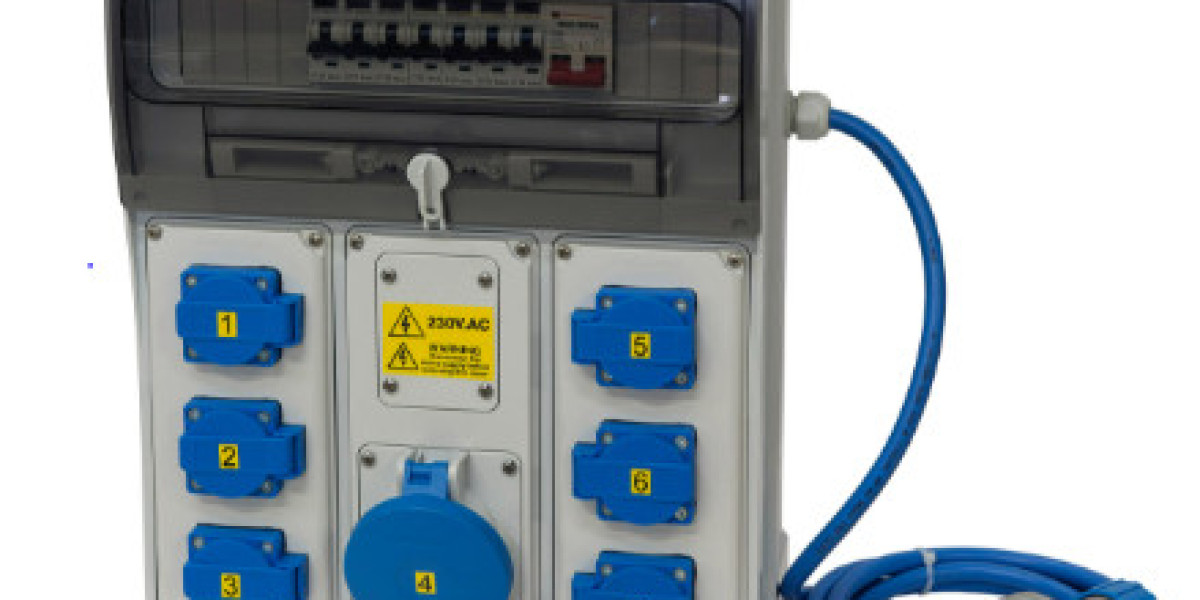Portable Distribution Box is at the heart of a new era in power management, seamlessly combining mobility with high-performance energy delivery. As the world faces rapid technological advances and shifting operational models, the ability to adapt electrical infrastructure quickly and efficiently has become a top priority. This modern solution is designed for today’s fast-paced environments, ensuring that energy distribution remains secure and effective even in unpredictable conditions.
In recent times, the demand for flexible and mobile energy solutions has grown alongside the rise of remote work, pop-up installations, and temporary events. As businesses seek to create agile workspaces and communities adapt to new living arrangements, the need for versatile energy systems is more pressing than ever. The focus on portable energy management reflects broader trends of digital transformation and on-the-go connectivity, where efficiency and reliability are essential for keeping operations running smoothly.
Moreover, this dynamic approach to energy distribution supports broader sustainability initiatives. As cities and organizations strive to reduce waste and lower their environmental impact, innovative solutions that can be easily relocated and reconfigured offer a significant advantage. The emphasis on adaptability not only meets the demands of today’s market but also provides a blueprint for resilient infrastructure that can evolve with emerging trends. This forward-thinking approach ensures that energy systems are as dynamic as the environments they serve, reinforcing the importance of versatility in modern design.
Additionally, modern lifestyles and diverse operational needs are driving the integration of smart technology with energy solutions. The trend toward connected and automated systems means that today’s energy products must be both adaptable and intelligent, capable of interfacing with digital management tools and remote monitoring systems. This synergy between technology and design offers enhanced control over power distribution, ensuring that energy is allocated efficiently and reliably across various applications.
In summary, the future of energy management lies in flexible, high-performance solutions that meet the needs of a rapidly evolving world. For those looking to enhance their power distribution systems with products that prioritize mobility, efficiency, and sustainability, the path to progress is clear. Discover more about these innovative solutions at www.nante.com.








